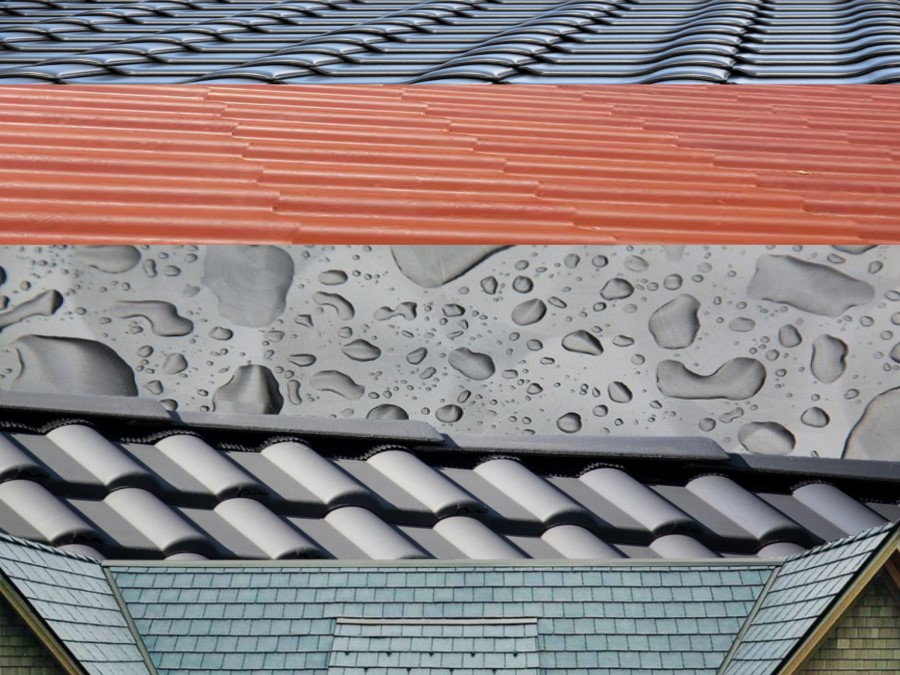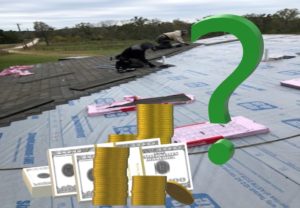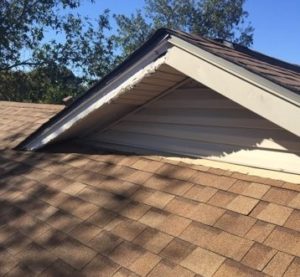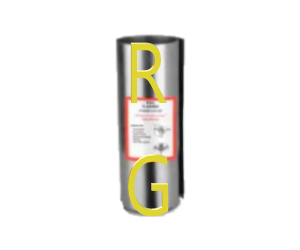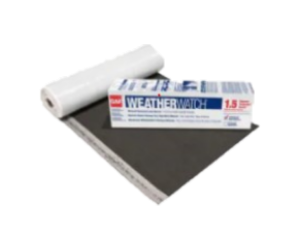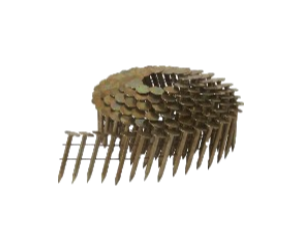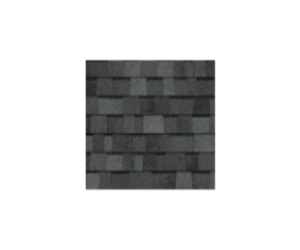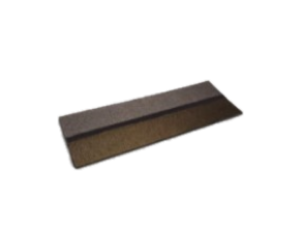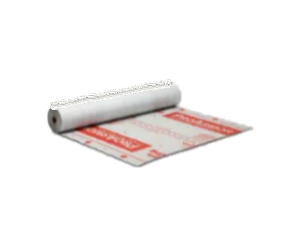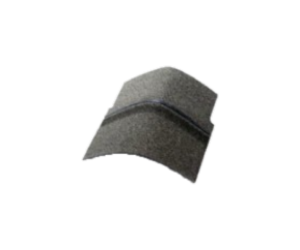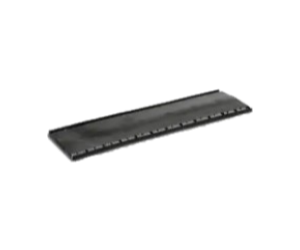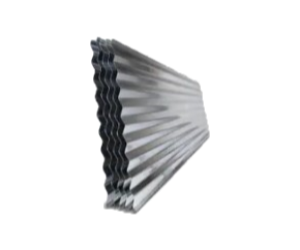Along the years many styles & types of roofs have appeared. Below we will begin the list of the top twenty roofing styles found in the United States. The roofing styles covered in this article will be A-frame, bonnet, butterfly, clerestory, cross gable, curved, dome, dormer, and flat.
A-Frame Roof Types
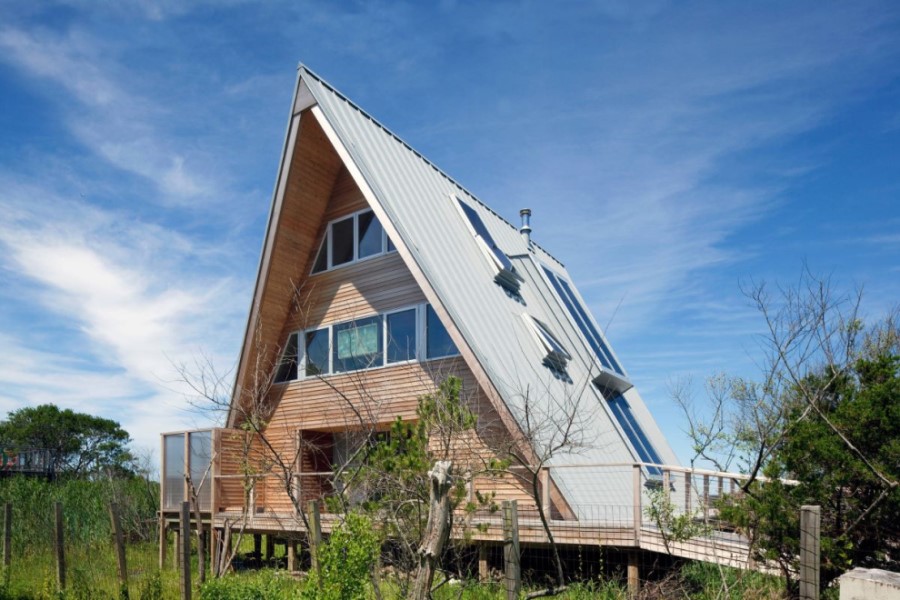
We will begin with the A-frame style of roof. A-frames are actually the roof and walls of the house combined. The sharp triangular shape that has the appearance of an “A” is how the term A-frame was coined. The steep angles that begin at the foundation and come together at the top of the home do so in a letter “A” shape. This type of roof stretches all the way to the ground and has steep angles. It is a unique design that is great for smaller homes and gives a more modern look.
Bonnet Types Of Roofs
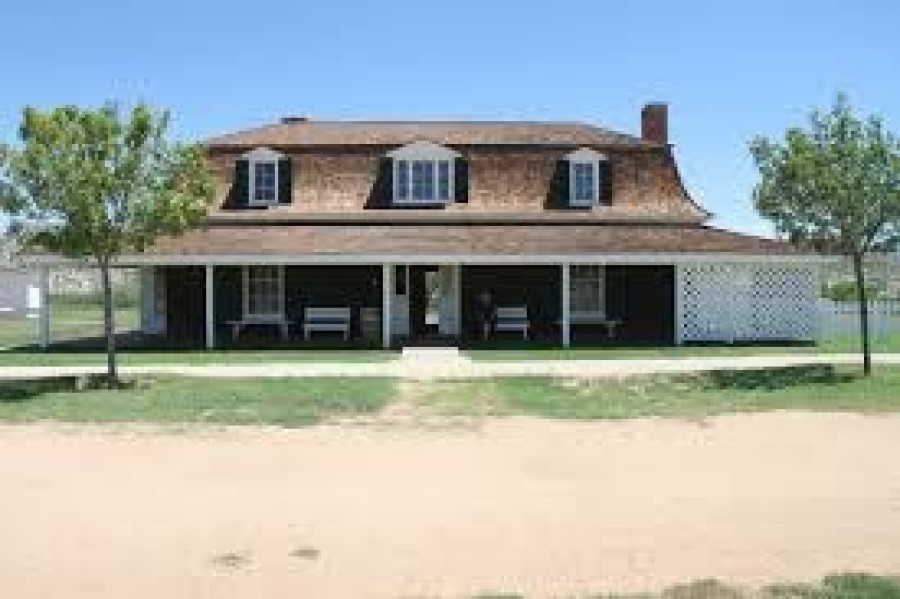
Next we have the bonnet style of roof. Bonnet roofs are sloped with two sides sloping outwards at a slightly smaller angle. The purpose of this design is to give more coverage to a lounge area or porch. Bonnet roofs are some of the most typical roofs around and they can resemble a regular sloped roof. Bonnet roofs have eaves that are extended over the sides of the home to avert water from building up around the flashing of your house.
V-Roofs (Butterfly Types Of Roofs)
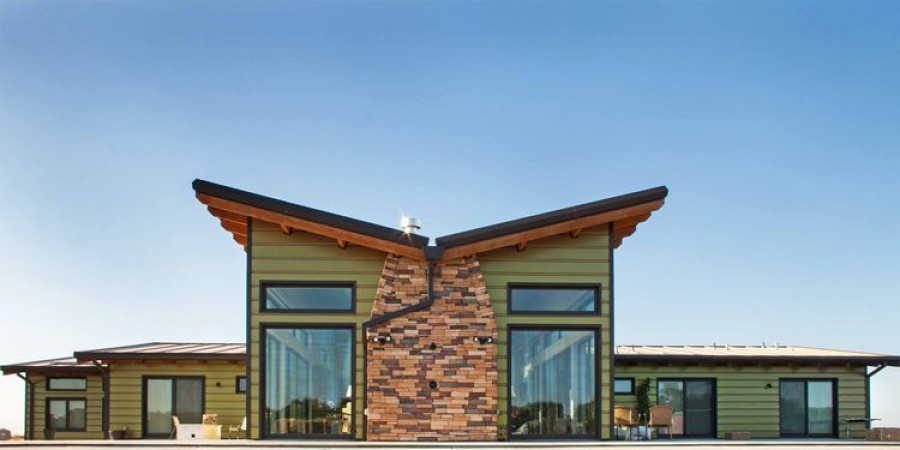
As mentioned above with the A-frame roof, there is another style of roof that resembles a letter and that is the butterfly roof. Butterfly roofs have a V shape to them and are also known as “V roofs”. The two sides of the roof extend upwards from the center, making it look like a butterflies wings, or as some prefer to say, the letter V. This style is beneficial for homeowners looking to have high ceilings on either side of the home. Butterfly roofs can be quite eye-catching. The downside is that you have to maintain and inspect the center of the roof often to make sure there is no pooling of water, collection of leaves, tree limbs, or other debris. Famous architect Frank Lloyd Wright was a big fan of the butterfly roof, so most homes that adorn them were built in the mid twentieth century.
Clerestory Roof Type
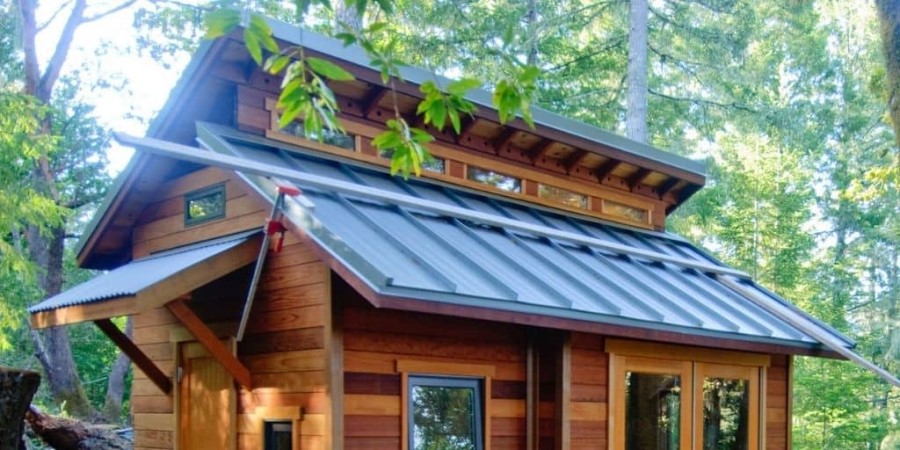
Another eye-catching roof style is the clerestory roof. Known for all of the windows it features. The roof itself has two sides that slope down and are combined by a shorter, vertical wall. The wall is what is equipped with the windows and it can be one continuous window, or broken into sections. The windows can be vertical or horizontal depending upon your preference. It allows tons of natural light in without diminishing your privacy. Clerestory roofs have been used since ancient times but have really made a comeback recently in the more modern home category.
Cross Gable Roofs
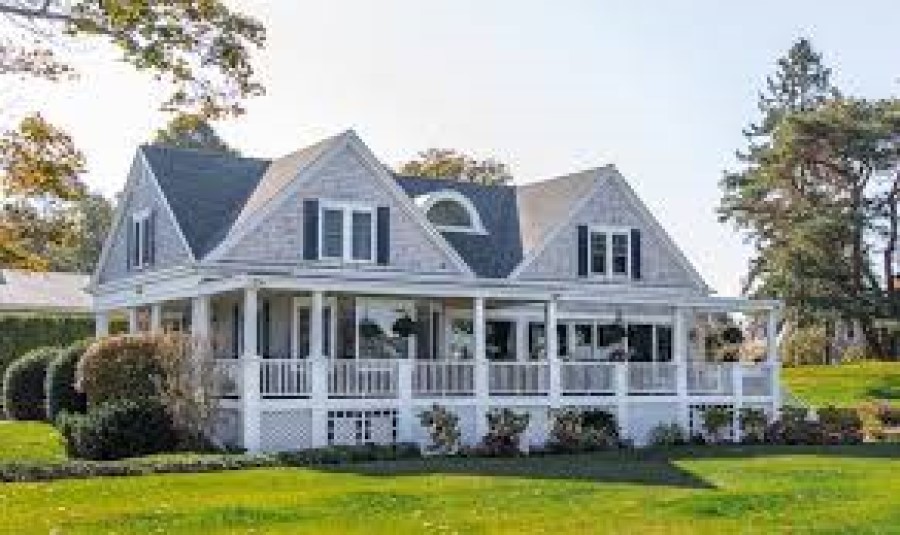
Cross gable roofs on the other hand have been popular in the United Sates for centuries and continues to be one of the most popular styles of roof. A gable is the triangular shaped portion of the wall that sits between the edges of the converging roof pitches. The result of this creates an L or T shape to the roof. Many of the luxury styled, larger homes, feature the cross gable roof. The roof shape and all of its angles allows for a more intricate and unique design style for inside the home. The most famous house with a cross gable roof is the House of Seven Gables, where Nathaniel Hawthorne wrote his book named after the home.
Curved Roof Types
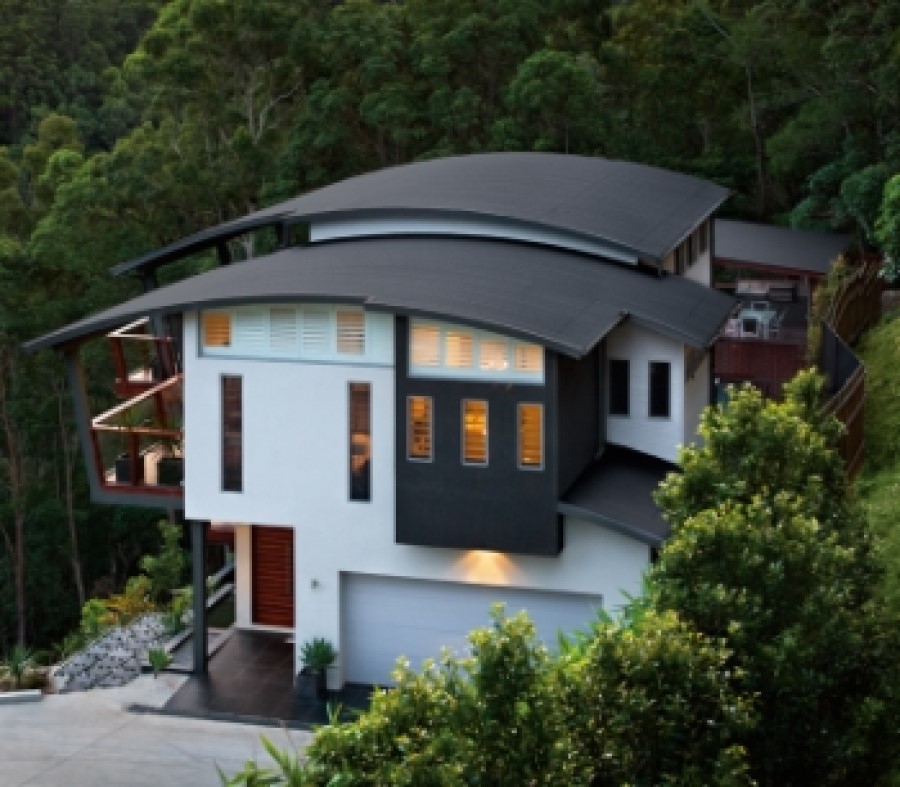
Stunning curved roofs are one of the more recently added roof styles that have started showing up in the United States. A lot of contemporary homes feature this new, curved roof design. The reason for this newly added style is the fact that we have not had the tools, resources, or materials needed for curved roofs, until now. The biggest benefit to a curved roof is that it can create a much larger attic space to add an additional room, or create more storage space. Curved roofs are also easily customized, so homeowners can ensure they have a unique roof.
Dome Types Of Roofs – Less Common Roof Type
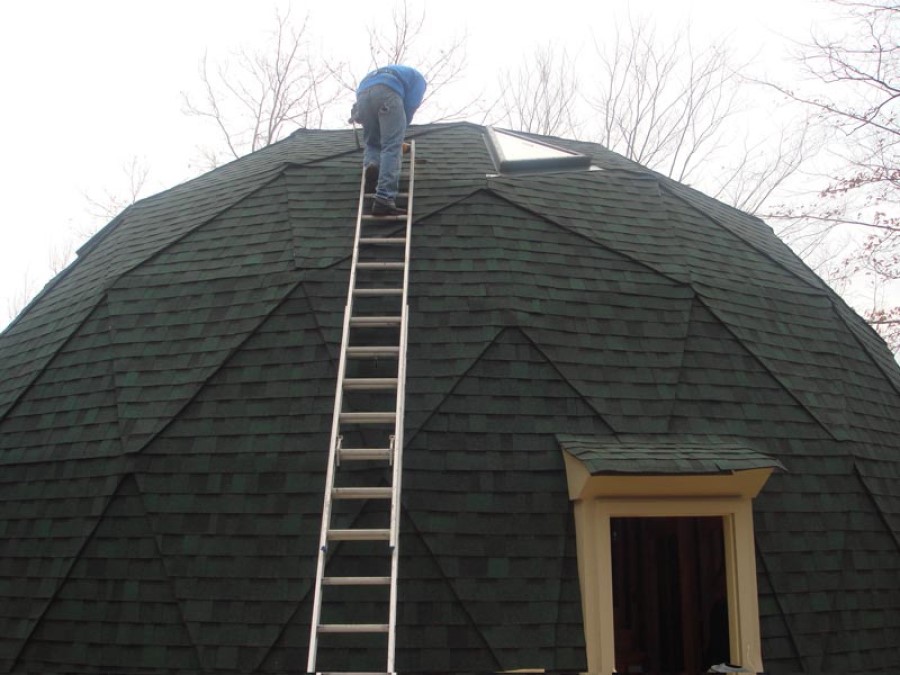
One of the least common roofs to be found from this list is the dome roof. Dome roofs do not need the usual columns or support posts to keep it up and secure. These types of roofs use physics by utilizing the laws of tension, compression, normal force, and gravity to stay sturdy and intact. Dome roofs hold up better in snow, rain, hail, and high, hurricane level winds. They also are extremely energy efficient and can regulate the temperature in your home without burning excess energy. The downside is that dome roofs can be an eyesore. They are not the most aesthetically pleasing style of roof and finding a contractor or roofer to build you one is also a difficult task.
Dormer Roof
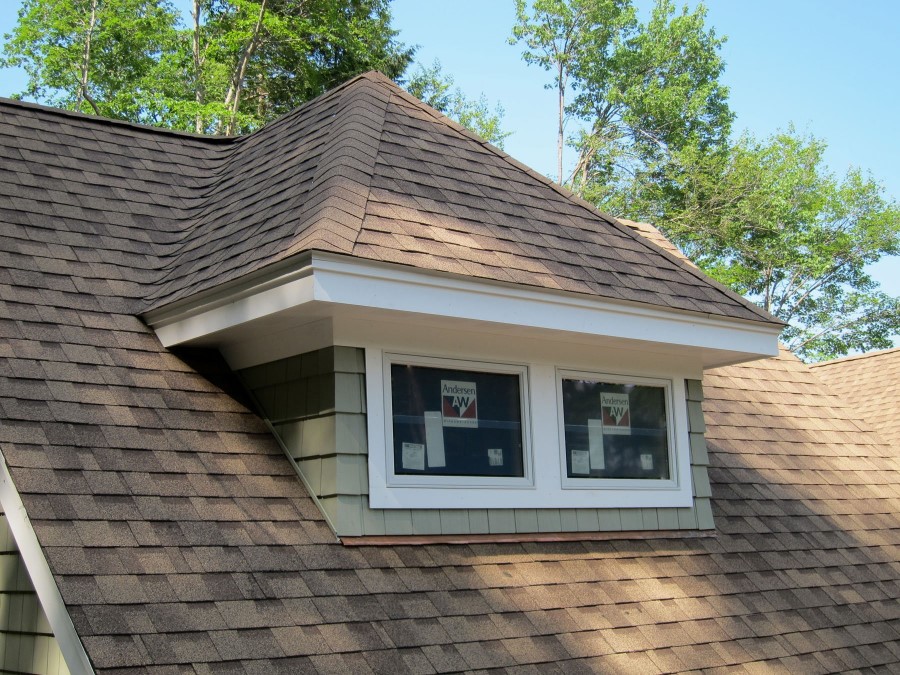
A dormer roof is any roof that features a dormer window. Dormer windows are specifically windows that are set vertically within a structure while protruding through a sloped roof. Most roof styles can be classified as dormer roofs if a dormer window is installed. The benefit to these types of windows is that they allow in lots of additional sunlight into attics. If you want to utilize your attic as an additional living area then dormer roofs are a great option.
Flat Roof (Most Common In Commercial Roofing Scenarios)
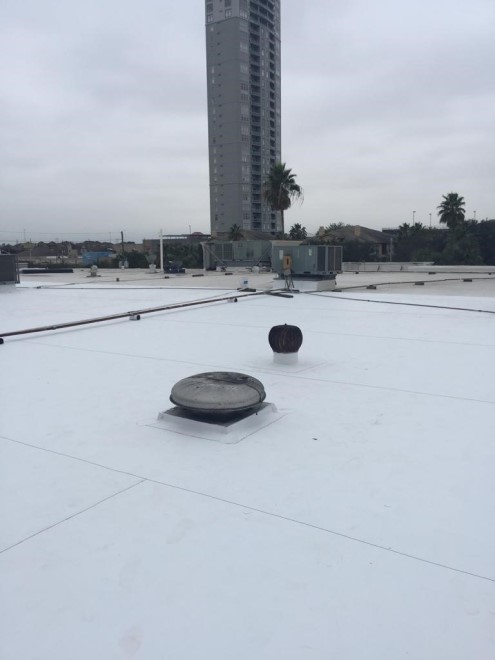
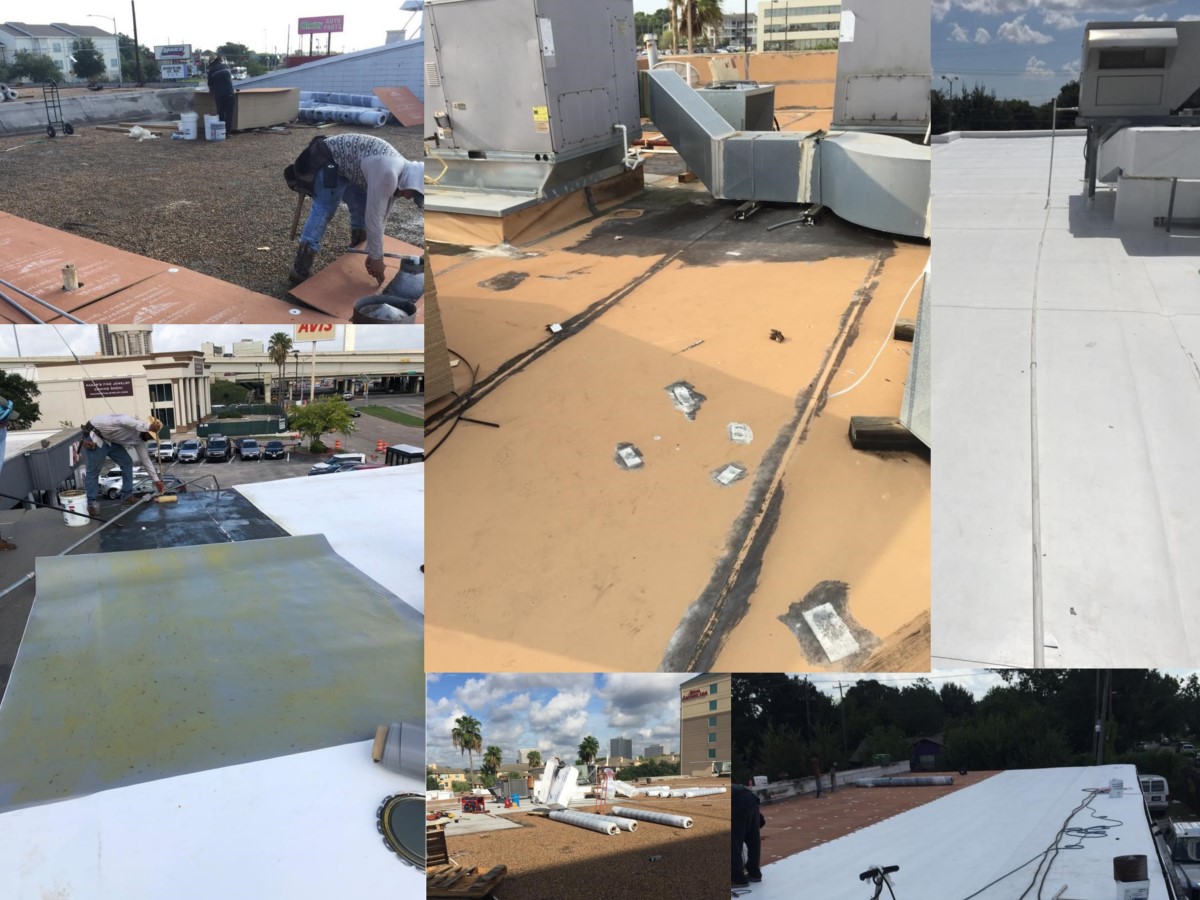
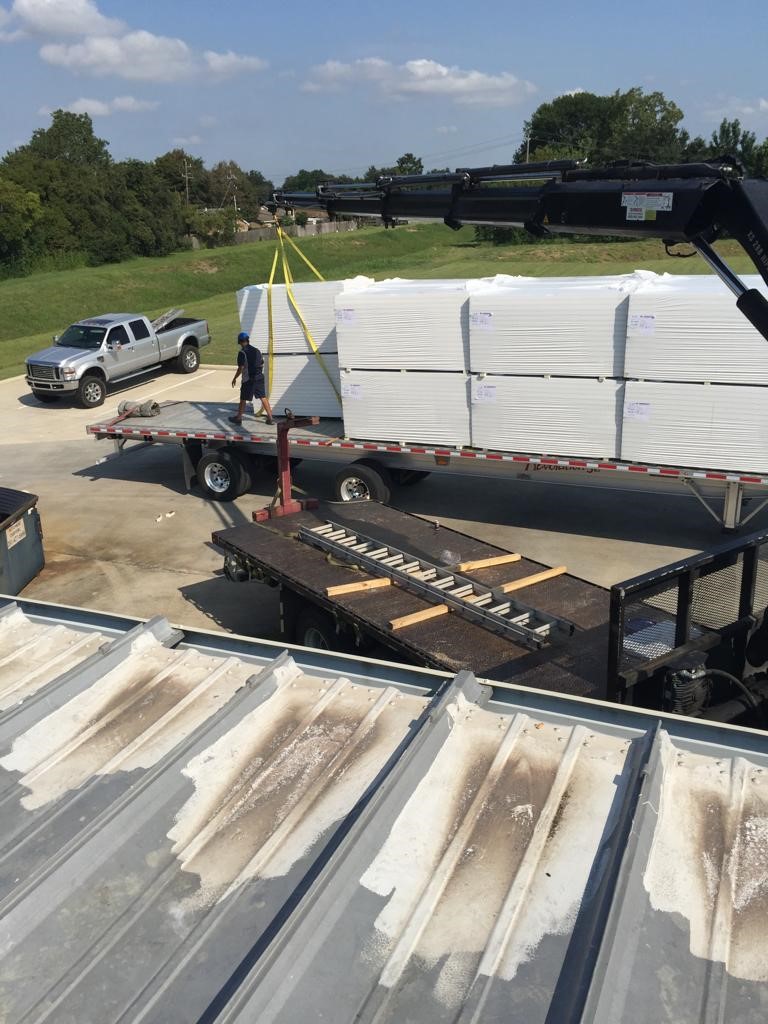
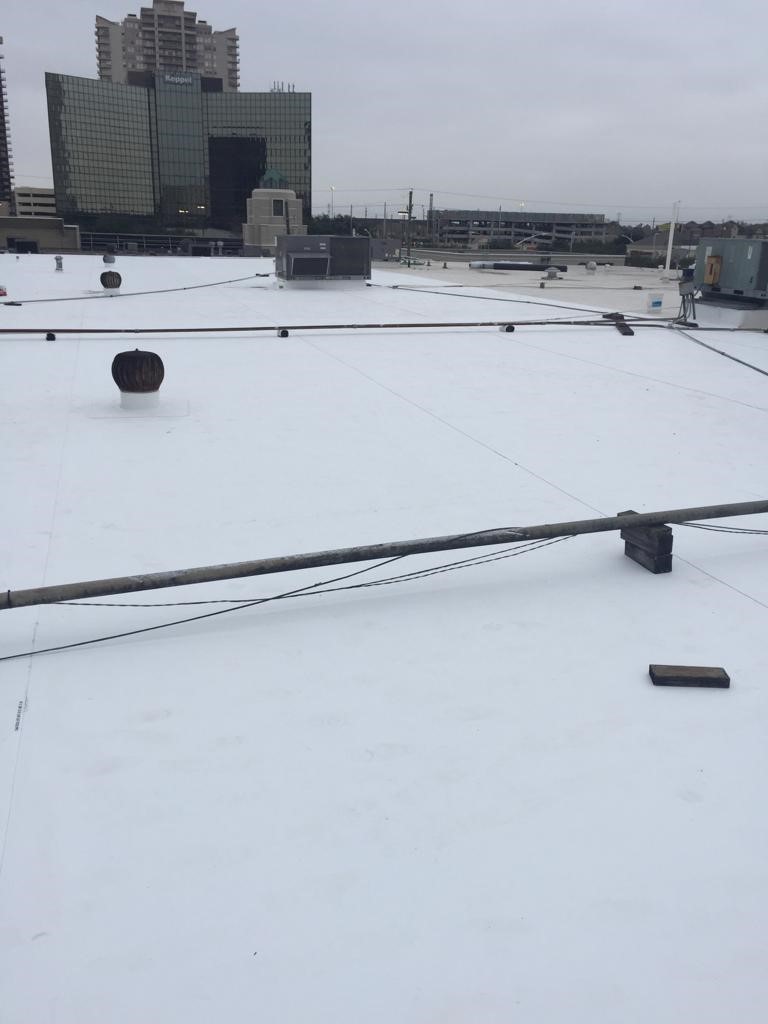
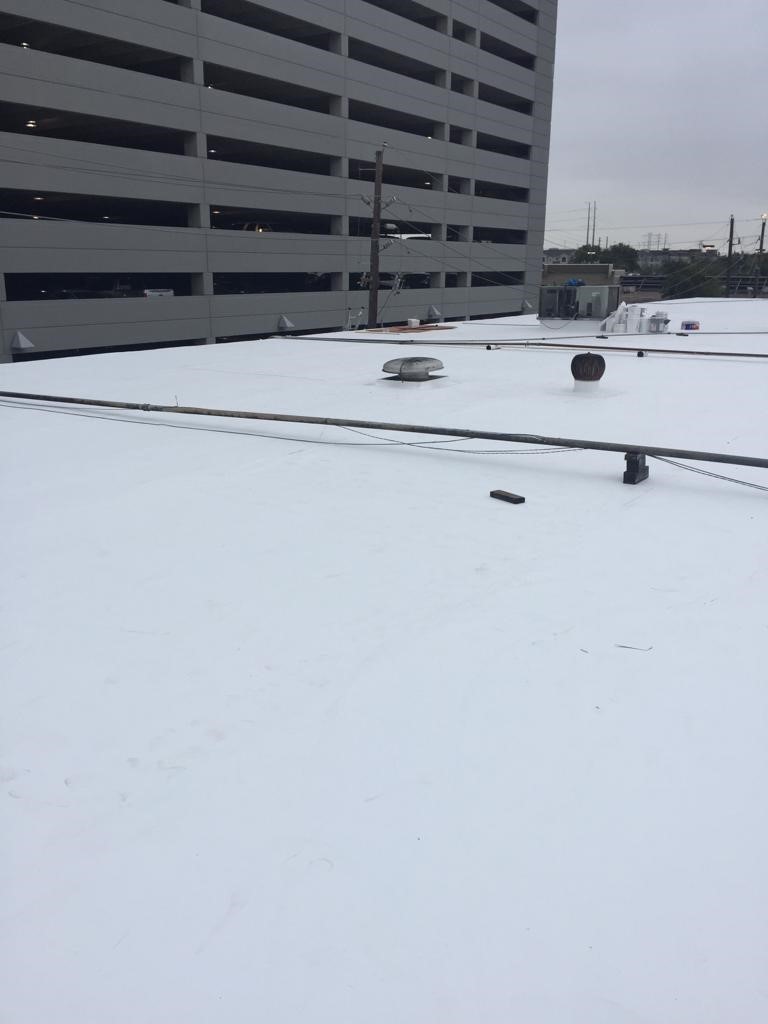
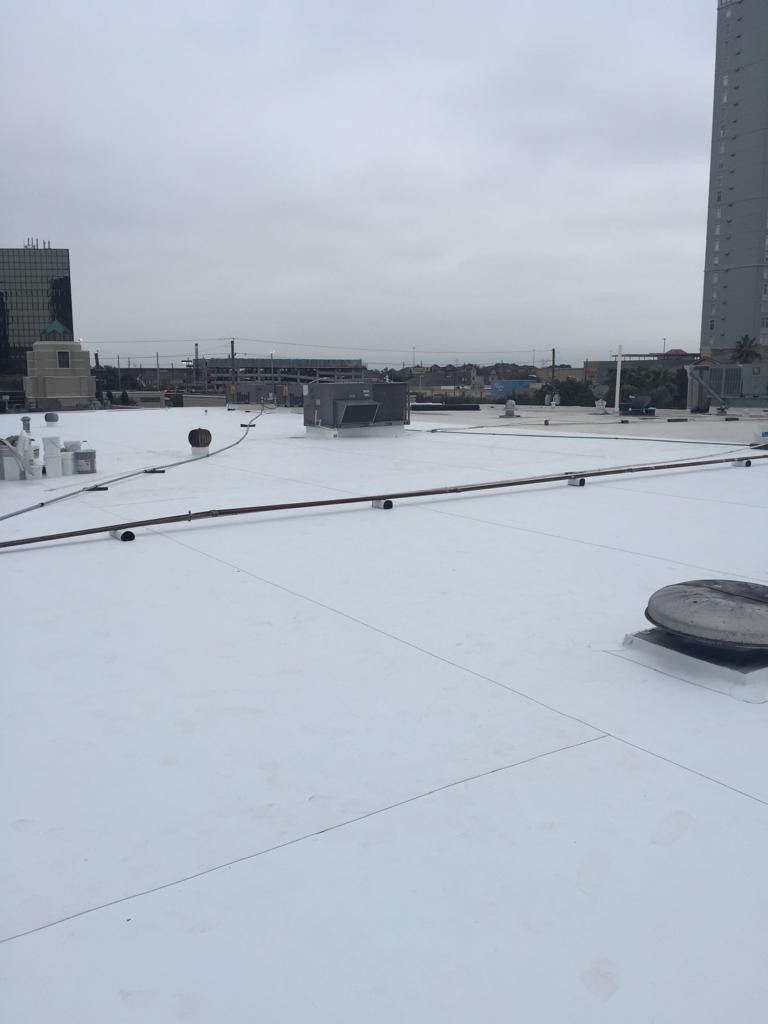
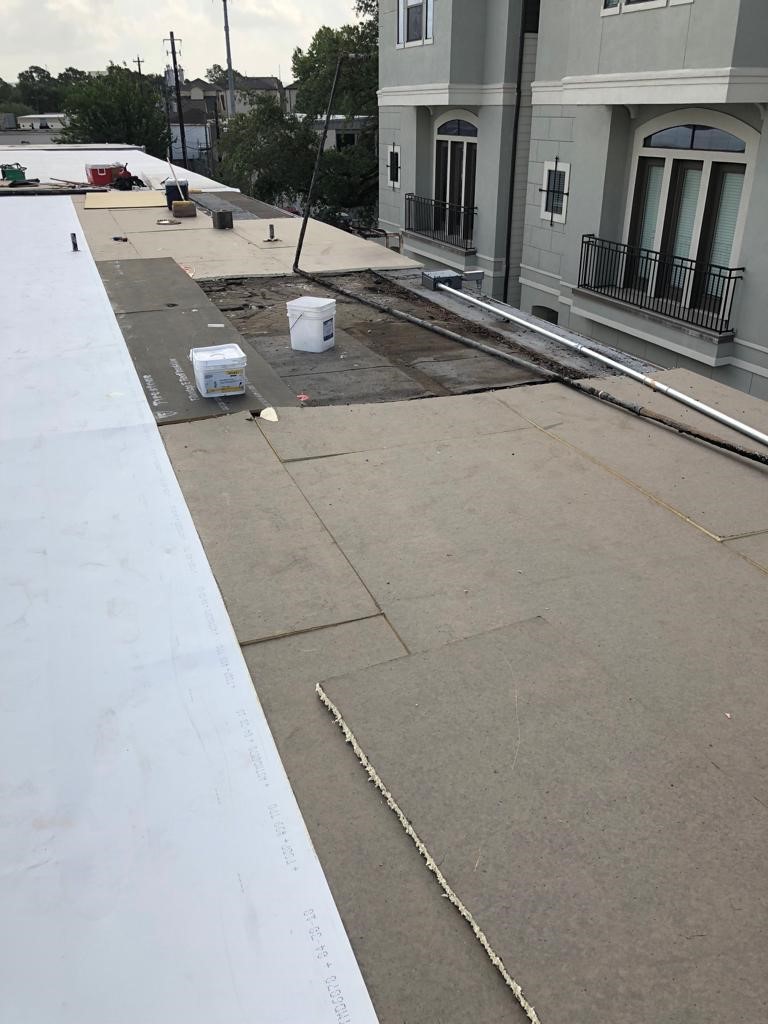
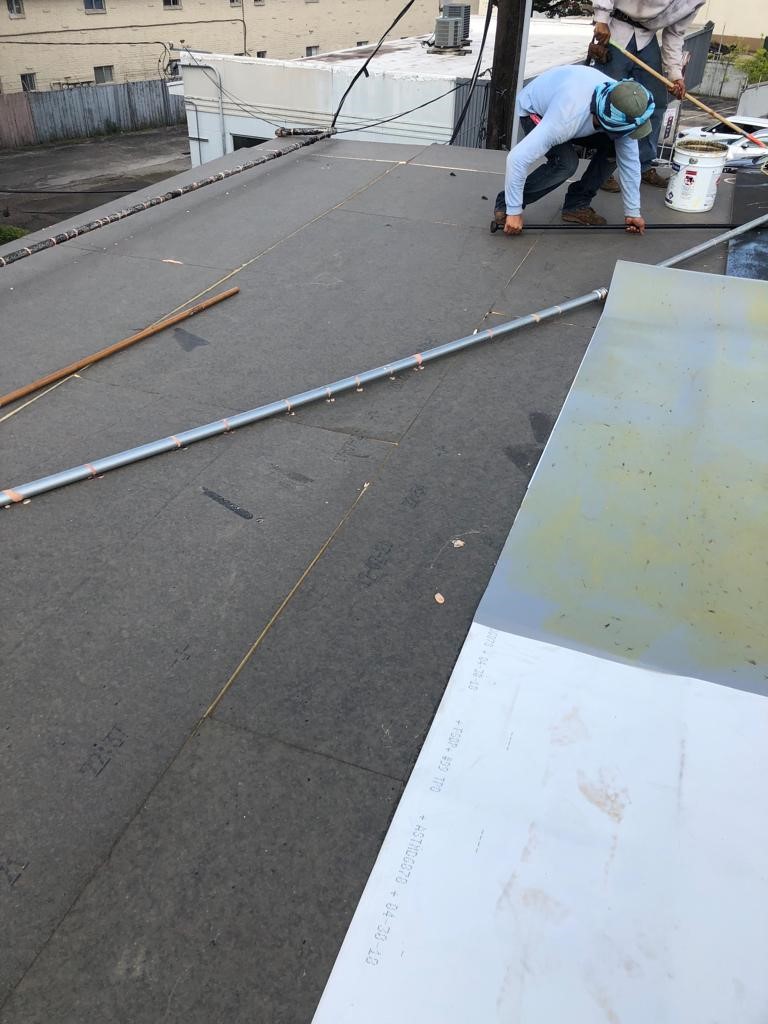
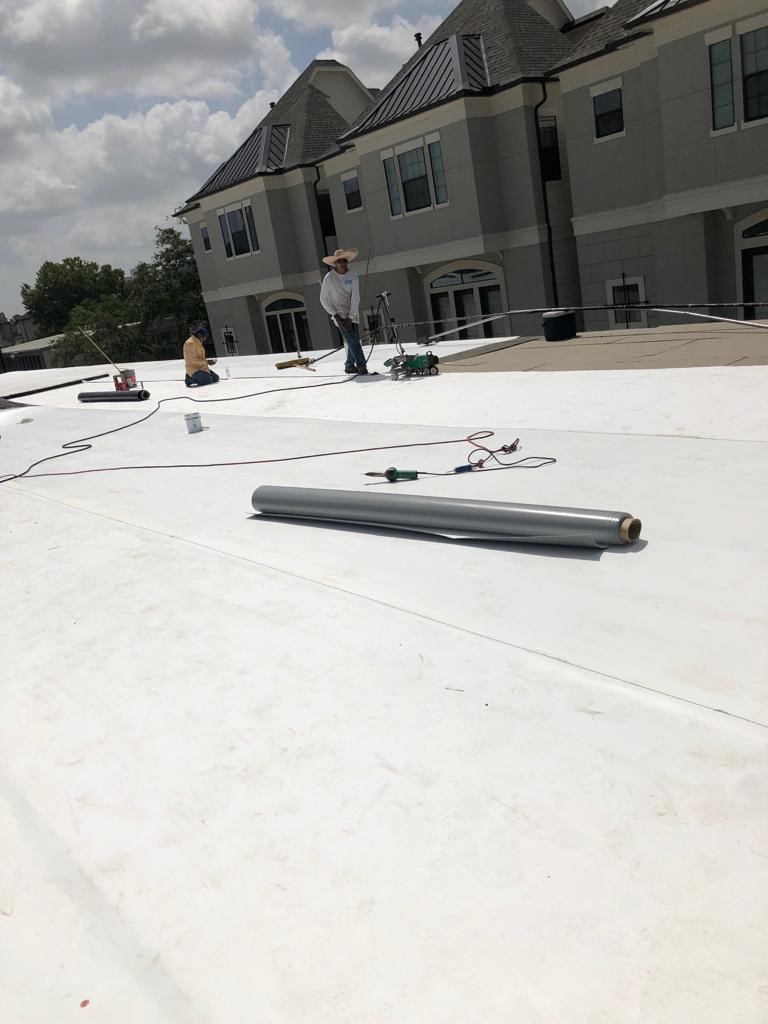
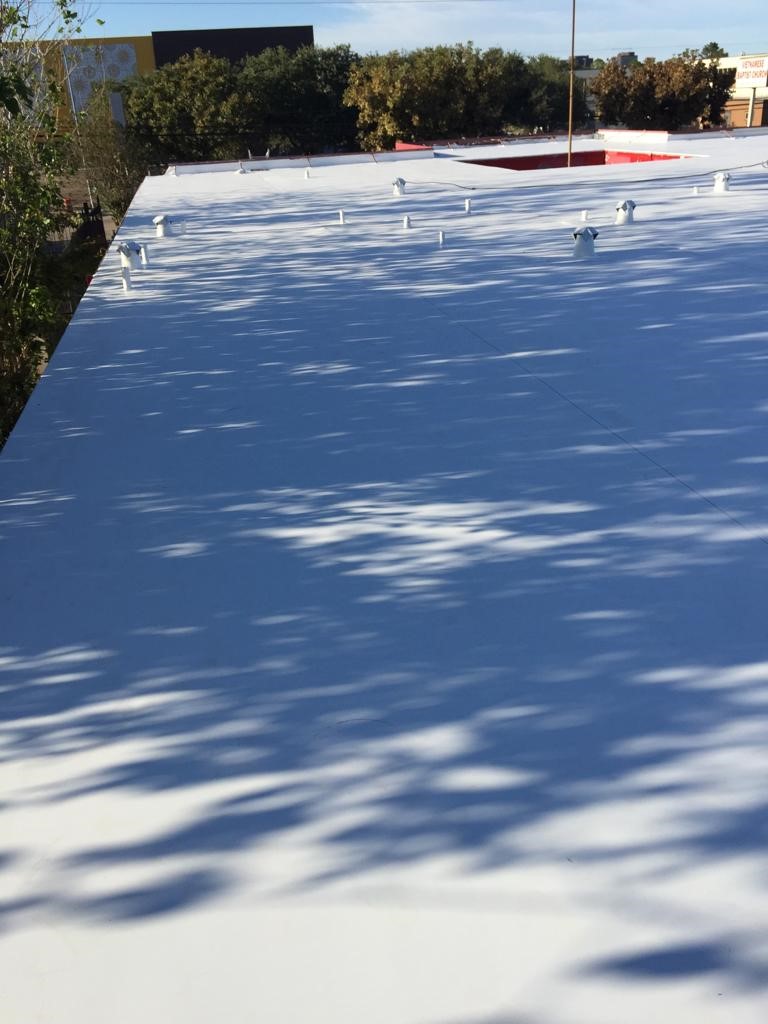
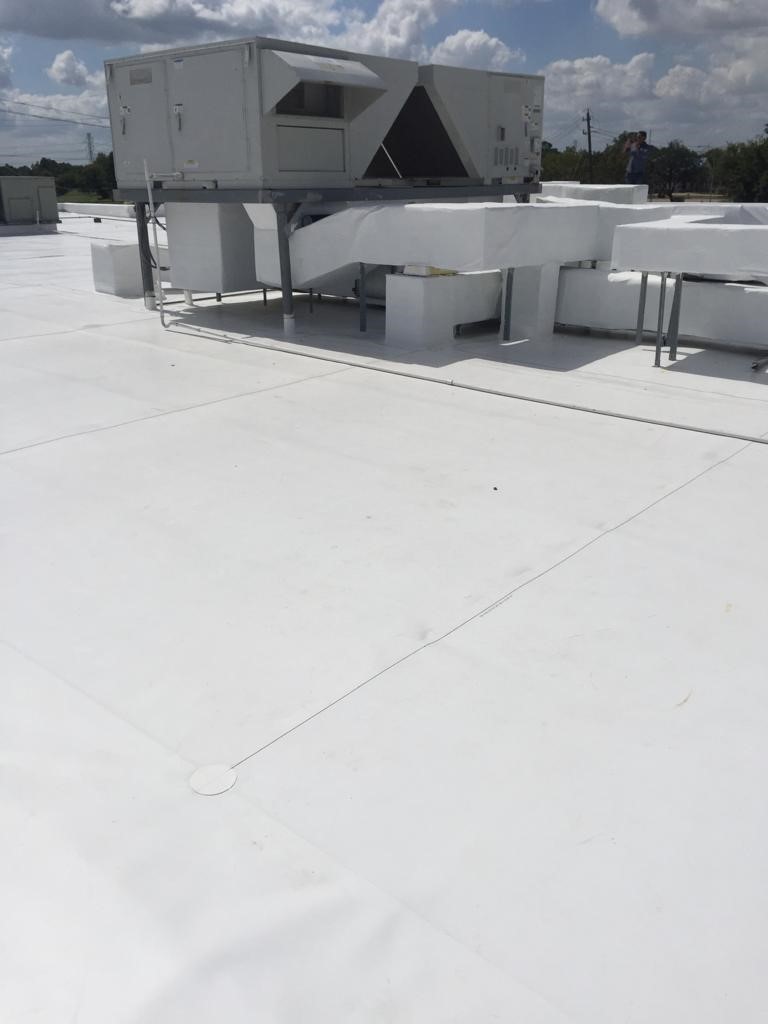
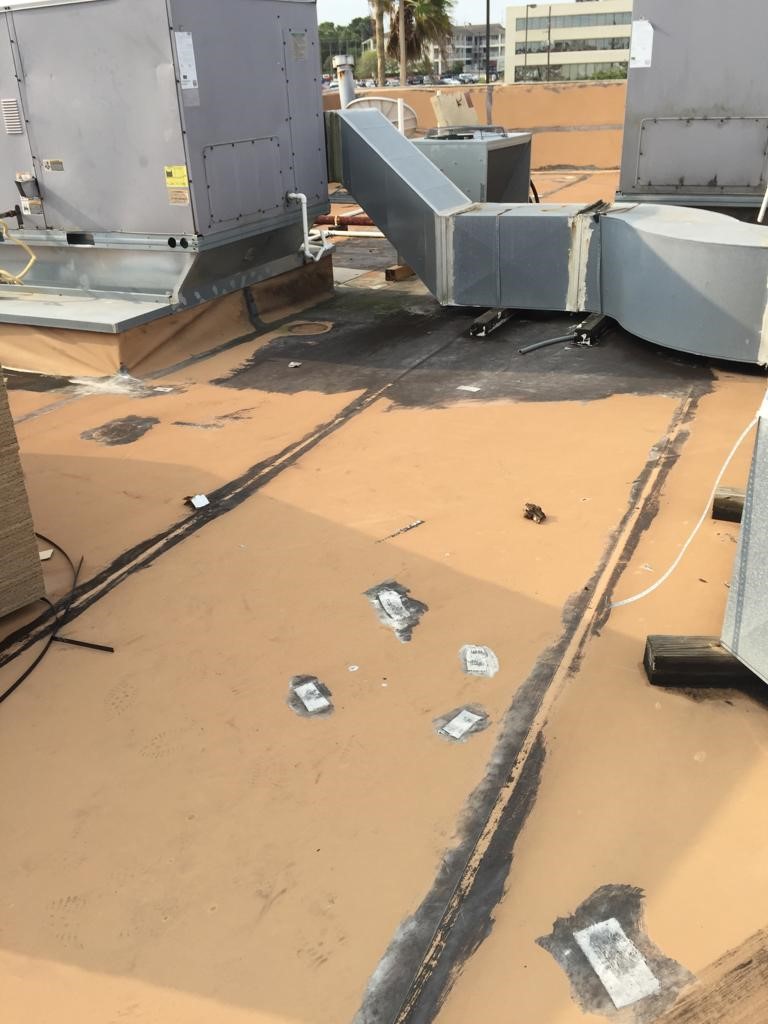
Flat roof styles are just that, flat. They do have a little elevation in certain areas to help with drainage but overall are flat. To qualify as a flat roof, your roof must have, at most, a pitch of ten degrees or less. Flat roofs are more common among businesses but there are homes with flat roofs. Most of these homes are located in dryer climates that do not get much rainfall, like New Mexico or west Texas. The benefit to a flat roof is that any repair needed is usually small and will typically not cost that much. If you live in an area with a decent amount, or a lot of rainfall then flat roofs can become quite burdensome. Water can pool and cause water damage or small holes can leak and then you have a much bigger problem with water damage in your home.
Gambrel Roofing Types
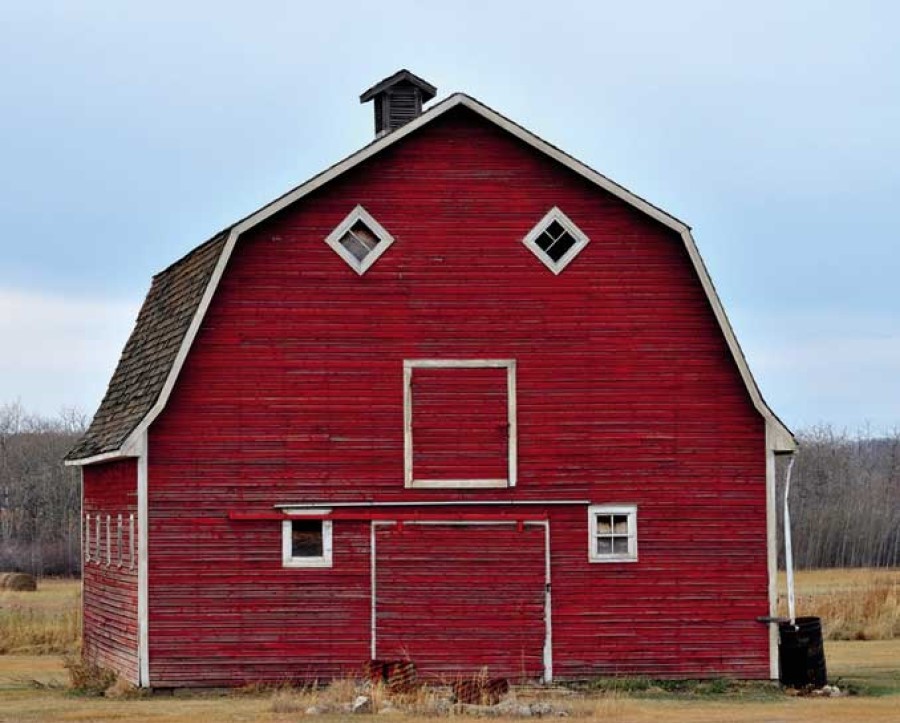
Gambrel roofs look like typical barn roofs and some people even call them a barn roof over a gambrel roof. They have two sides with slopes on each side. The upper slope on each side is shallower and placed over the other slope, which is steeper. When they were first built in the United States they were called Dutch roofs since they originated from over there. The benefit to gambrel roofs is that the high slopes makes room for much more livable space, including an area that could be turned into a loft. Hip roofs are very similar to gable roofs.
Hip-Roof – Common Roof Type
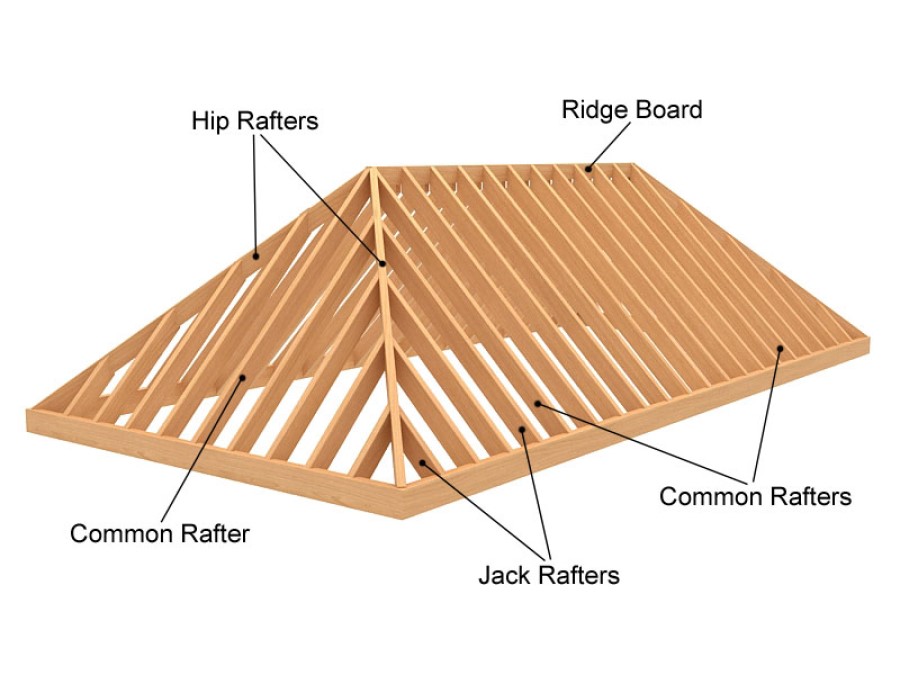
Unlike the gable roof though, a hip roof has four slopes and may or may not come to a point in the middle. They are also more expensive then most other roofing options but they can come in many different variations for a unique, one of a kind look. Hip roofs hold up exceptionally well to high winds and snow. Due to the slopes in the roof, snow will just slide right off.
Beautiful Types Of Roofs – The Jerkinhead Roof
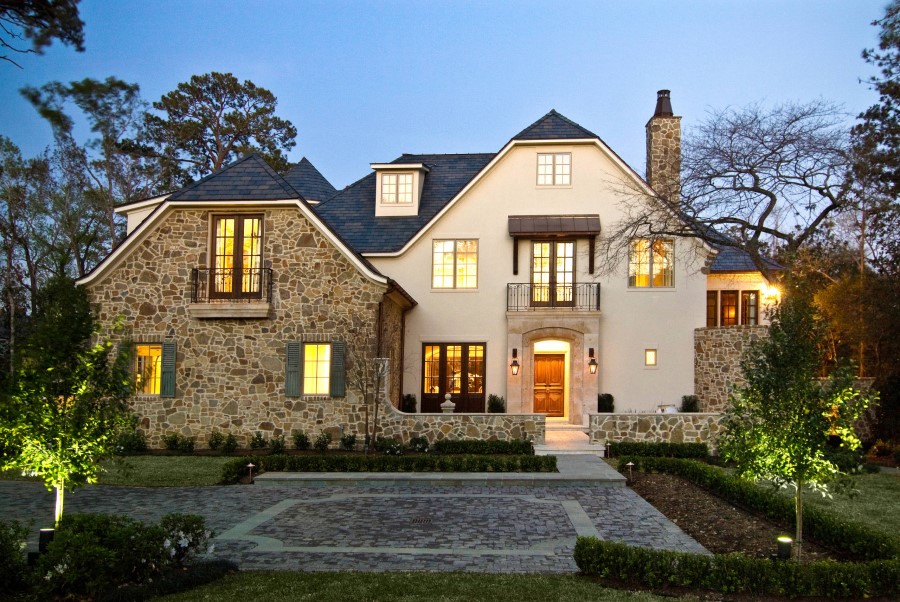
The jerkinhead roof is a uniquely designed roof that can attract a lot of attention. It shares some of the same characteristics or a gable and hip roof but certainly has its own flare. Jerkinhead roofs have four slopes like the hip roof, but at least one, up to two of the slopes are clipped, or shortened. This is what gives the jerkinhead roof its look. They are great for withstanding high winds.
Mansard Roof
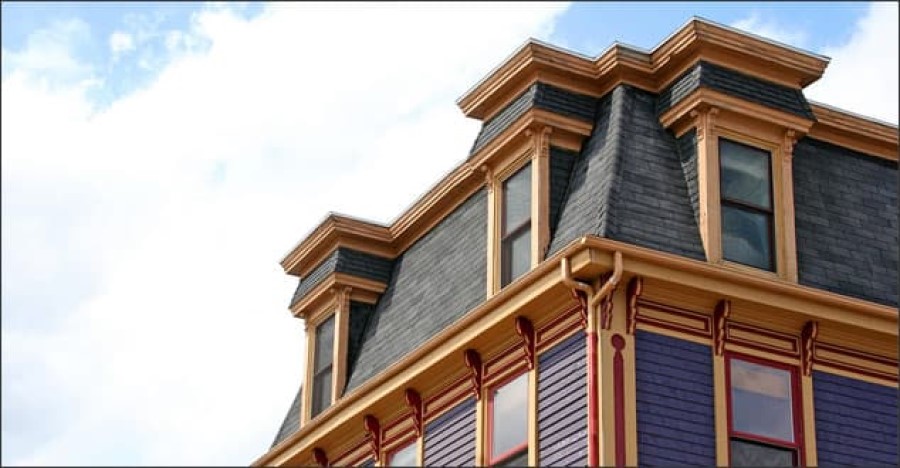
Mansard roofs are named after the famous French architect Francois Mansart. These roofs slopes are configured so that they divide from the pitch of the roof where the shallow slope sits atop the steeper slope. Mansard roofs have much steeper slopes then other roof types and are more squared off looking. These roofs are great for creating more space inside a house and naturally allow in more sunlight. Another type of roof that looks like a letter is the M-shaped roof.
These roofs are gable roofs with a double pitch instead of one pitch. Two load bearing walls support the roof while two of its slopes meet in the middle. The other two slopes fan out and down, forming the “M” shape. These roofs can be very hard to maintain since it has two pitches that can collect water and debris that can cause serious damage to the home if not monitored often. It is essential to have a gutter system in place with an M-shaped roof.
Parapet Roof
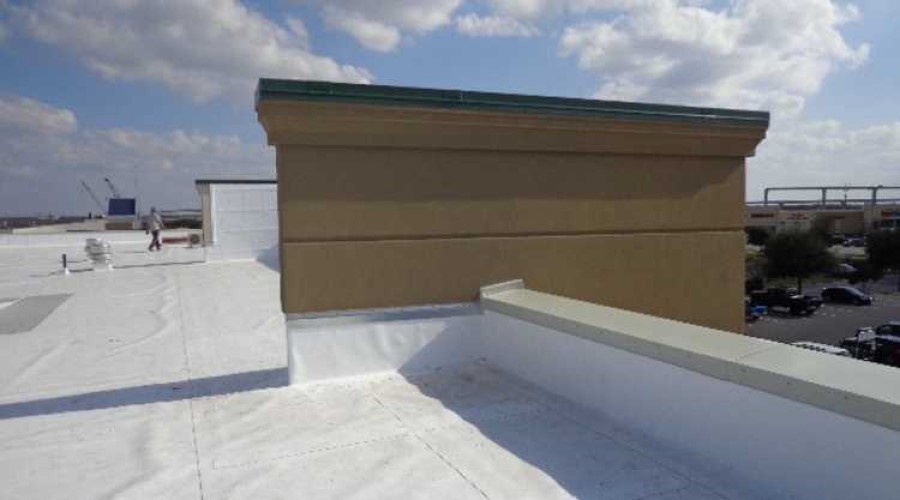
Parapet roofs are basically flat roofs but they have the walls of the building protruding above the rooftop by a couple of feet, along the perimeter of the roof. The parapet roof provides better protection from the chances falling off the roof. They also allow for additional outdoor living space to be put in on top of the roof or for a great outdoor garden.
The Pyramid Roof
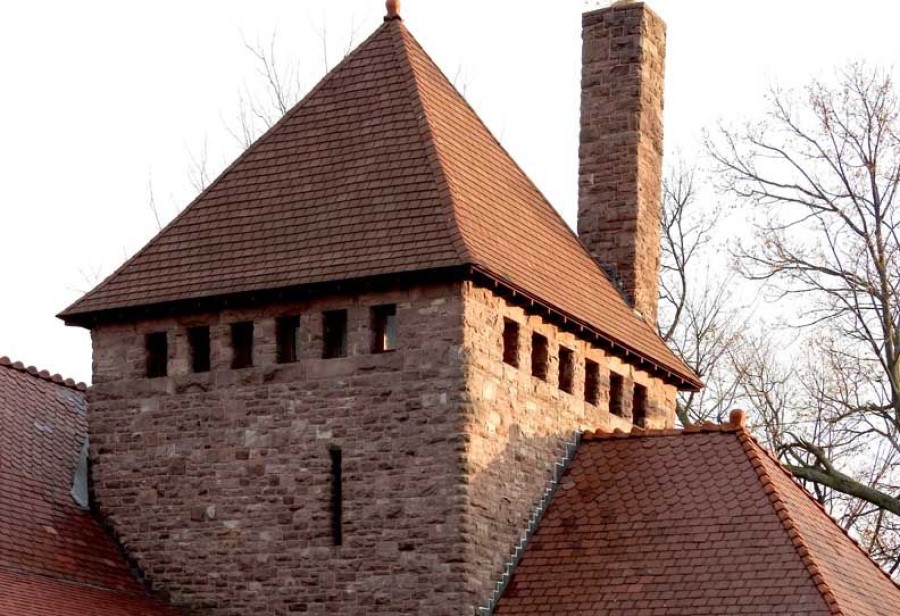
A pyramid roof is essentially a hip roof that has been placed on top of a square shaped building. They are triangular in shape, just like a pyramid and the slopes come to a point at the top. The shape of a pyramid roof makes it very durable in areas that have a lot of high winds, tornadoes, or hurricanes.
Saltbox Roof
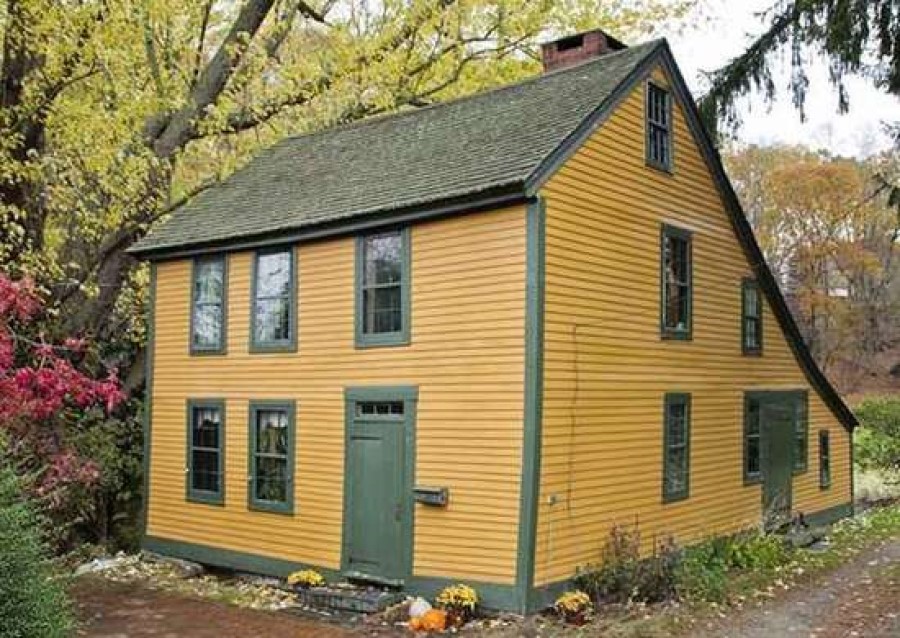
The saltbox roof is mostly found on older, colonial homes. Recently they have become more popular to use on garages and commercial, or industrial building. Saltbox roofs have their pitch either in the middle, or off to the side a little, with one slope being longer then the other. They are not very popular among homeowners so you will not find them on newer homes.
Normally used for Schools, The Sawtooth Types Of Roofs
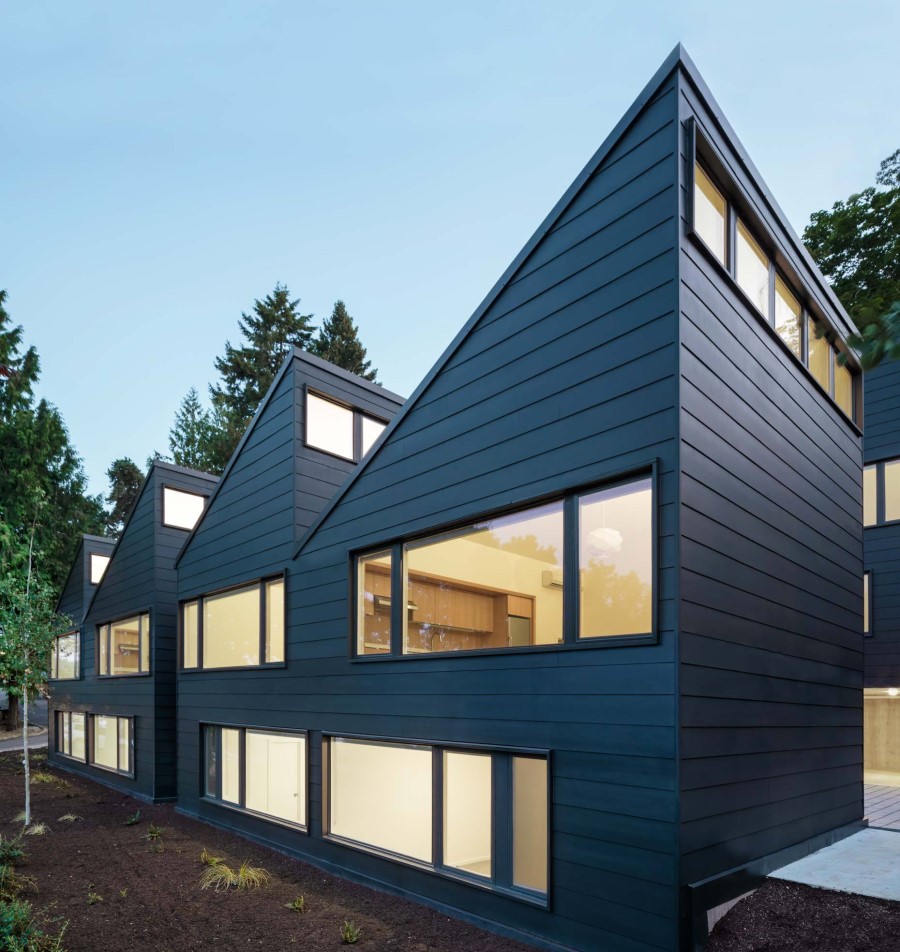
Sawtooth roofs are typically used on schools, commercial building, or factories, but some can be found on homes. The sawtooth roof has a series of one-pitch roofs with a very steep side that is glazed and purposely faced away from the sun. This allows for natural light to enter the building but reduces the heat that direct sunlight would produce.
Skillion Roof
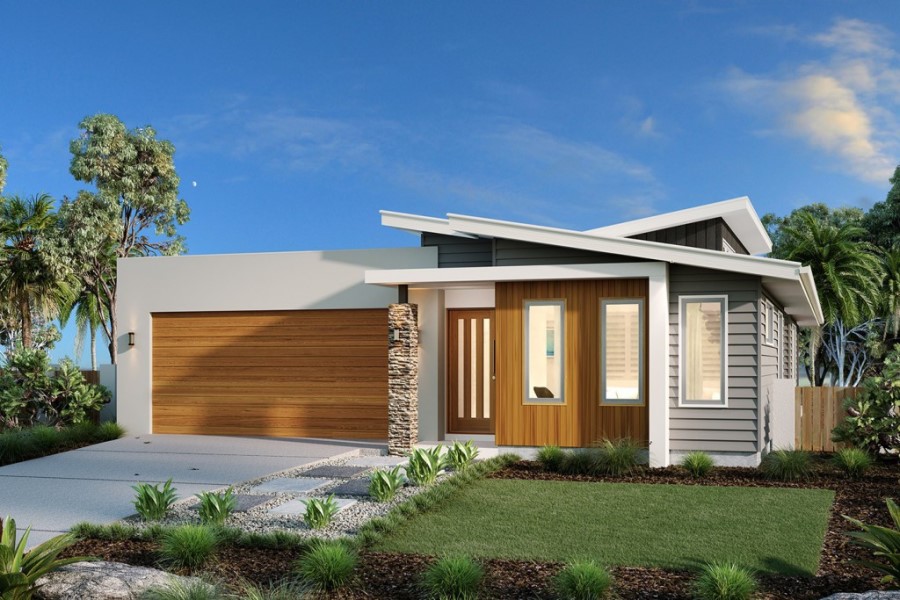
Skillion roofs are roofs that have a single flat surface with a wall at the end that lifts the roof to form an angle. They are different from flat roofs because flat roofs have at most a pitch of 10 degrees while skillion roofs have at least a 20-degree angle. A skillion roof leans to one side more then the other allowing for proper run off of water and snow.
What Types Of Roofs Do You Prefer?
What types of roofs do you like or do you like multiple roof types? If you like multiple roofs then you’re in luck! Another roof type is the combination roof! Just as it sounds, the combination roof is any combination of the roofs listed above. Most roofs in Houston are combination roofs. Learn more about types of roofs and more at the Texas Department of Insurance.

